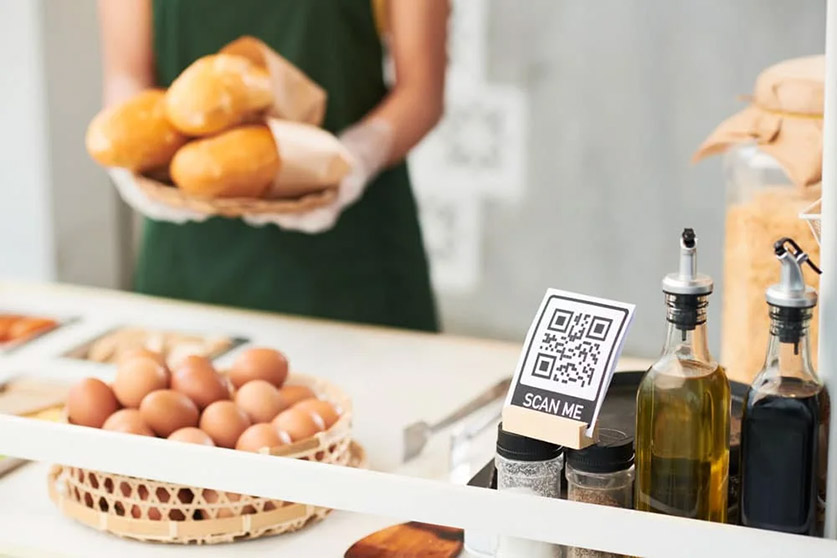In today's digitally driven society, QR codes have become increasingly common and widespread. With the current post-pandemic world, these unique pixel patterns have become the new normal.
From shops and restaurants to healthcare and public spaces, QR codes are an effective way to connect the physical and digital world.
In this post, we'll explore the uses of QR codes, how to create and use them, as well as the benefits, challenges and future of this technology.
Introduction to QR codes
A QR code, or Quick Response code, are two-dimensional barcodes that can be read and scanned by smartphones and QR code scanners.
They consist of pixels arranged in a grid pattern and can contain different types of information, such as URLs, text, images or contact details.
QR codes in the post-pandemic world
After the pandemic, QR codes have become an important part of daily life. They offer a touch-free and secure way to access information and services.
Whether it's scanning a QR code to view a menu at a restaurant or to register for tracking purposes, QR codes have quickly become part of the new normal.
Uses for QR codes
QR codes in business
In business, QR codes have a variety of uses. Retailers can use them to offer customers easy access to product information, offers or online stores. Restaurants can use QR codes to display menus, take orders or share allergen information. QR codes give businesses a convenient way to engage customers and offer personalized information.
QR codes in the healthcare sector
In the healthcare sector, QR codes play an important role. Patients can scan QR codes to access electronic health records or schedule appointments.
Hospitals can use QR codes to identify patients, track medications or share important information about diseases. QR codes help improve efficiency and safety in healthcare.
QR codes in public spaces
QR codes are also becoming increasingly common in public spaces such as museums, parks and tourist attractions. Visitors can scan QR codes to access guides, historical information or take part in interactive experiences.
This makes it possible to offer more in-depth and engaging experiences for visitors.
How to create and use QR codes
Creating and using QR codes is a simple process that can be done with the help of various QR code generators and smartphone apps such as here at QR Code.
Steps to create QR codes
- Select a QR code generator or app.
- Select the type of information you want to include in the QR code.
- Enter relevant information, such as a URL or text.
- Customize the appearance of the QR code if desired.
- Generate the QR code and download or print it.
How to scan QR codes
To scan a QR code, you need a smartphone with a QR code scanner app. Follow these steps to scan a QR code:
- Open the QR code scanner app on your smartphone.
- Focus the camera on the QR code and make sure the entire code is visible in the screen.
- The app will automatically recognize the QR code and display relevant information or perform an action.
Advantages and challenges
Advantages of QR codes
QR codes have several advantages that have contributed to their popularity:
- Fast and easy access to information.
- Reduces the need for physical contact and paper-based material.
- Can be used in different locations and in different industries.
- Allows for personalized content and services.
Challenges with QR codes
Although QR codes have many benefits, there are also some challenges that need to be taken into account:
- Not everyone is familiar with how to scan or create QR codes.
- The quality of QR codes can affect readability.
- It is important to ensure that QR codes are not misused for fraud or malicious activity.
The future of QR codes
QR codes continue to evolve and adapt to new technological advances. Innovations such as the use of augmented reality (AR) and artificial intelligence (AI) are opening up new opportunities for the use of QR codes.
For example, AR users can scan a QR code to experience virtual elements or access augmented information.
With AI, QR codes can be recognized faster and more accurately, offering even more tailored experiences.
Conclusion
QR codes have become an integral part of our post-pandemic world. They offer a touchless, efficient and engaging way to connect the physical and digital worlds.
Whether in business, healthcare or public spaces, QR codes have a variety of uses.
With a simple creation process and easy-to-use scanning technology, QR codes will continue to shape the future of information sharing and interaction.

